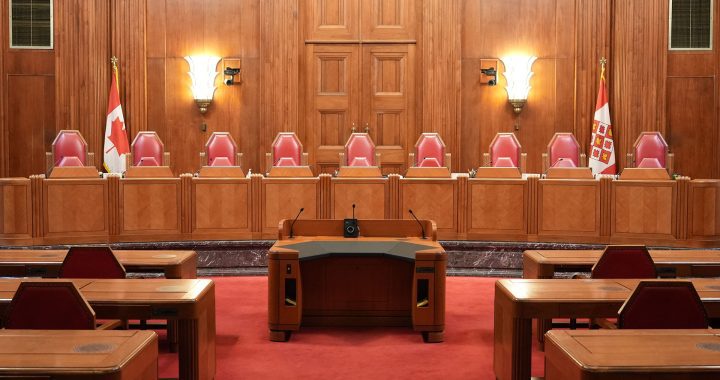
Dexter Adams had hair cut off by nurse in Edmonton hospital. Photo: Kathleen Crowe
The widow of a Pasqua First Nation man whose braids were cut off by a nurse in an Edmonton hospital has filed a complaint with the police.
According to Dexter Adams’s niece, Kathleen Crowe, the complaint was filed on Saturday.
“The officers seemed well aware of the situation and fully prepared with what to say,” she told APTN News. “They advised they would be forwarding to a division that investigates these types of crimes and would keep Eve (Dexter’s wife) informed of their investigation,” Crowe said.
A communications person with the Edmonton police confirmed to APTN the service has received the report.
“The Hate Crimes Unit is leading the investigation,” said police spokesperson Cheryl Voordenhout.
Adams, 84, was a member of the Pasqua First Nation in Saskatchewan. He was admitted to Edmonton’s Royal Alexandra Hospital for treatment after falling. His family said they were waiting for a room in a long-term care facility to come available. Crowe said Eve was undergoing cancer treatment and could no longer care for him at home.
On March 23, a nurse cut off Adams braids and threw them, a container of bear grease and an eagle feather in the garbage. Five weeks later, Adams died.
An emailed statement from AHS communications person Kerry Williamson notes that AHS policies require that informed consent from the patient and family needs to be provided before cutting hair, even for medical purposes.
“Following this incident, an internal investigation was conducted. The results of this investigation are confidential as we do not comment on HR matters,” the statement said.
Just days after the Adams case was made public by the Alberta NDP, the Alberta government announced a new Indigenous patient investigator and advocate. Tony Cardinal of Goodish Lake Cree Nation said he deeply understands the challenges Indigenous patients face.
“My hope is to create a safe and inclusive space for open dialogue, free from bias and discrimination, where each Indigenous voice is valued and truly heard,” Tony Cardinal said in the AHS news release on his hiring.
The Alberta government said Cardinal will be responsible for ensuring any Indigenous health-related complaints of racism or experiences of mistreatment are addressed through the appropriate channels, and Indigenous patients and their families receive supports in a culturally safe and appropriate way.
Advocate in Saskatchewan
Meanwhile, the person who has been working in a similar role in Saskatchewan last week questioned how effective internal hospital investigations can be.
Dianne Lafond is Saskatchewan’s first Indigenous Health Ombudsperson, set up by the Federation of Sovereign Indigenous Nations. Her office has already been investigating what happened to Adams.
“We measure the harms caused to different patients from one to five and Dexter’s case would be a five, because ultimately, he died,” Lafond told APTN.
“There is a very deep spiritual harm that can result from things like this.”
The family said there was a noticeable decline in Adams health after the braids were cut and some of his spiritual items put in the trash.
“Shock, tears, anger-it was just a really wide range of emotions,” Crowe said to APTN in a previous interview after walking in and seeing what had been done to her uncle.
AHS said it is investigating the incident but Lafond questions the internal investigation processes of institutions.
“When investigations are done internally, are they being transparent? When you’re an employee of the health authority tasked with investigating another health authority employee, how can you be unbiased,” Lafond said.
“When you’re a person who’s got to file your grievance with the same system that caused the harm? I’ve never understood how you can investigate your own organization.”
Lafond said a more effective deterrent in cases such as this is allowing the families to sit face to face with the person who caused the harm. She says a sharing circle with the family would be a more effective.
“Allow the families to ask ‘why would you do this? What made you think it’s ok?’ Let the person who caused the harm to see the human element and the impact,” Lafond said.
AHS said in a statement that info sessions on the cultural significance of hair for Indigenous Peoples were held at the hospital after the incident. An internal investigation was also conducted, but AHS said the results wouldn’t be disclosed because it was a confidential HR matter.
“Is it appropriate? Is it teaching the right things?” Lafond asked.
The AHS would not provide APTN with information on the contents of the training given to staff.
Lafond is also working with the family to obtain a complete record of Adams’ stay in the hospital. The family was only given a partial record and information was redacted on the day his hair was cut.
“We make routine requests for the notes, which is common practice. We received four days of nursing notes and not the whole file. We’re not sure why,” Lafond said.
A Cree doctor working in Edmonton said police should be involved when these kinds of incidents take place.










